Dollars and Dams: Building SAfety into California’s Future
The failure of North Fork Dam on Pacheco Creek and lack of funding to address deferred maintenance issues underscore key vulnerabilities in California’s dam safety program despite its reputation as one of the premier programs nationwide.

The near-failure of Oroville Dam on February 7, 2017 was a major wake-up call regarding the risks posed by dams in California and nationwide. The January 5, 2023 spillway failure of the North Fork Dam on Pacheco Creek is an unfortunate sign that California has much work to do to ensure dam safety.
The North Fork Dam has been a focus of the California Department of Water Resources (DWR) Division of Safety of Dams (DSOD) since at least 2017. According to April 2017 DSOD correspondence, “[t]he instability of the left spillway wall panels is a long-standing dam safety issue that dates back to the 1940s, and multiple repairs and failures have occurred.” In fact, DSOD repeatedly advised the Pacheco Pass Water District between 2017 and 2021 that spillway repairs were required. Given funding shortages, the earliest date on which a new spillway was anticipated was December 31, 2032.
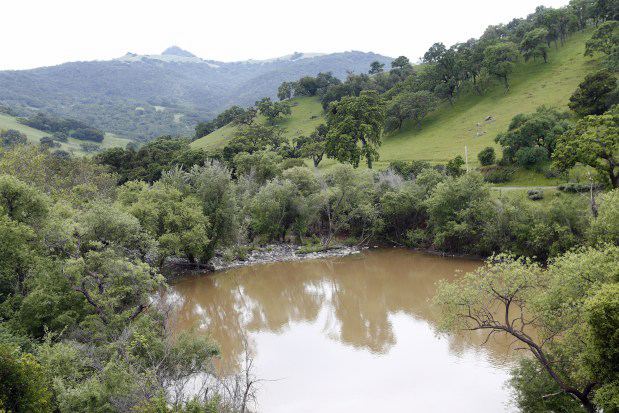
This dam failure and lack of funding to address deferred maintenance issues underscore key vulnerabilities in California’s dam safety program despite its reputation as one of the premier programs nationwide. The safety of California’s extensive dam infrastructure is primarily evaluated based on seismic concerns, leaving room for risks posed by non-seismic issues, such as dam performance observations, loading probabilities, and engineering analyses, to go unnoticed or unaddressed. DSOD must address key issues highlighted in 2018 by a Technical Advisory Panel (comprised of national dam safety experts), especially considering the American Society of Civil Engineers’ 2019 infrastructure report card gave California dams a C-, mainly based on age and hazard status. They highlighted the lack of funding as a key hurdle to strengthening the program.
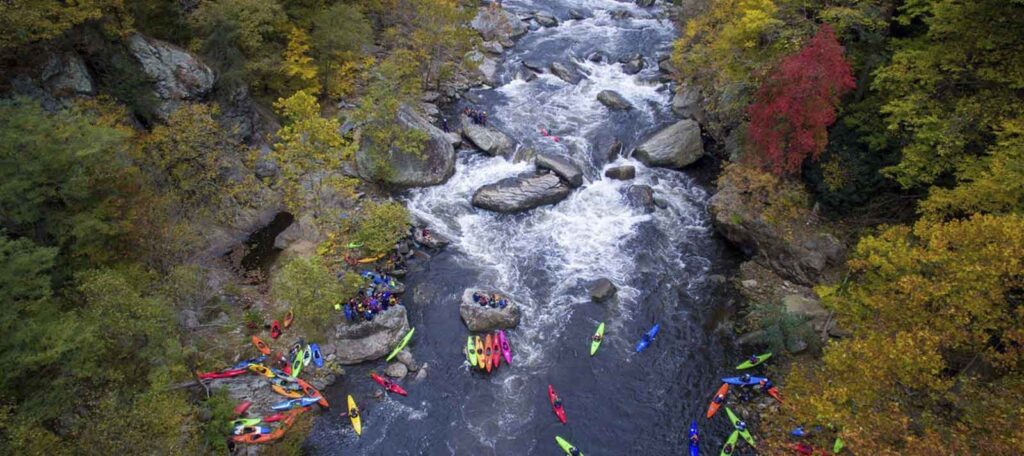
Let's Stay In Touch!
We’re hard at work for rivers and clean water. Sign up to get the most important news affecting your water and rivers delivered right to your inbox.
To prevent disastrous dam failures in the future, American Rivers recommends the following three priorities:
- Strengthen and create a climate of compliance. DSOD has authority over much of California’s extensive and aging dam network, with statutory and regulatory authority to require regular and enhanced inspections and maintenance to address issues identified in that inspection process. When an issued order requiring specific maintenance actions goes unheeded, the agency may use their enforcement authority, which will increase costs and ultimately reduce instances of non-compliance. This enforcement mechanism is especially important given the poor condition of California’s dam infrastructure and the size of storms fueled by a changing climate.
- Incorporate and adopt recommended dam safety program improvements. California must increase the pace and scale of dam safety inspections, including the adoption and use of a risk-informed decision-making model that goes beyond seismic concerns. Current events illustrate what is only the beginning of increasingly extreme climate impacts expected over the next 30-50 years. Failure to consider what impact multiple consecutive atmospheric rivers could have on a particular dam is an oversight that must be addressed. California should immediately address the issues highlighted in the 2018 Technical Advisory Panel report.
- Increase funding for dam removal and water infrastructure – American Rivers, the National Hydropower Association, and other partners successfully advocated for $1.6 billion to improve dam safety or fund removal. Dam removal can be the best way to address a dam posing safety risks. Nationwide, there are tens of thousands of dams that no longer serve their intended purpose and whose removal could eliminate the cost and liability associated with owning a dam. Unless dams are well-maintained, their condition only gets worse every year. The most cost-effective and permanent way to deal with obsolete, unsafe dams is to remove them.
The recently released 2023 – 2024 California Budget suggests recognition of the dangers posed by California’s aging infrastructure. The budget proposes additional appropriations in two key areas relevant to dam safety: (1) Federal Rehabilitation of High Hazard Potential Dams; and (2) Dam Safety Enforcement and Design Oversight. With combined appropriately directed federal and state funding, DSOD should commit to enhanced oversight through dam re-evaluations, requiring maintenance, where identified as necessary through inspections, and using their enforcement authority, where dam owners flout such orders.

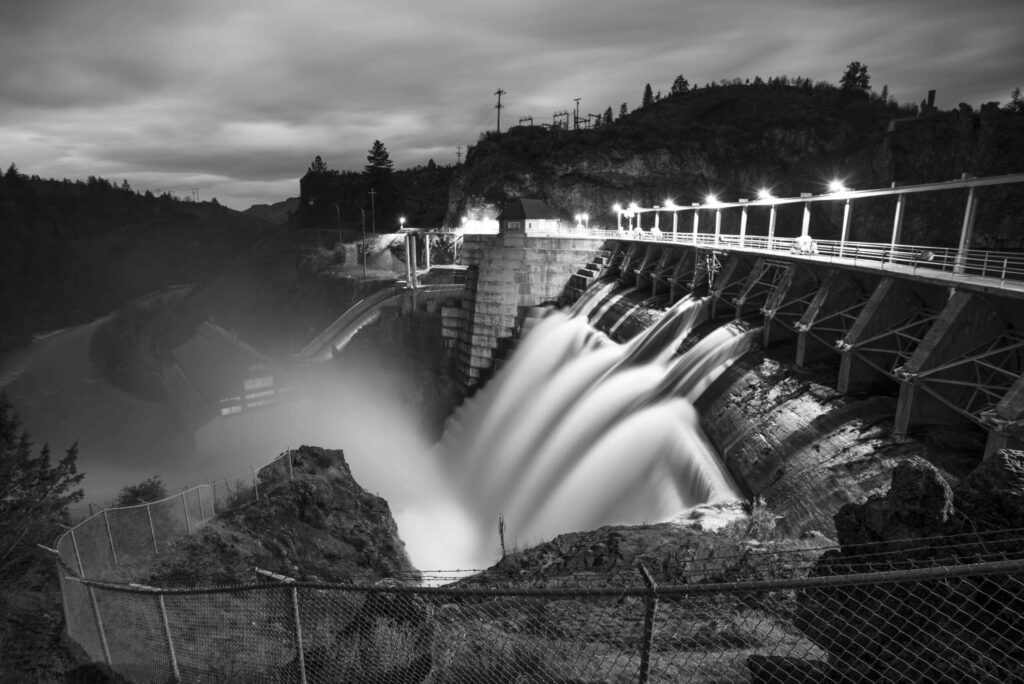
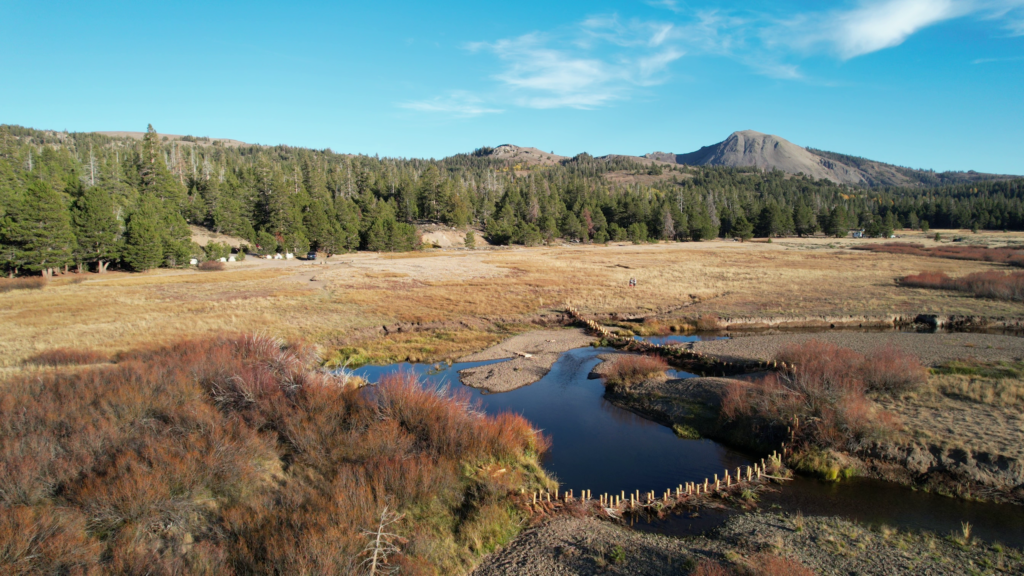
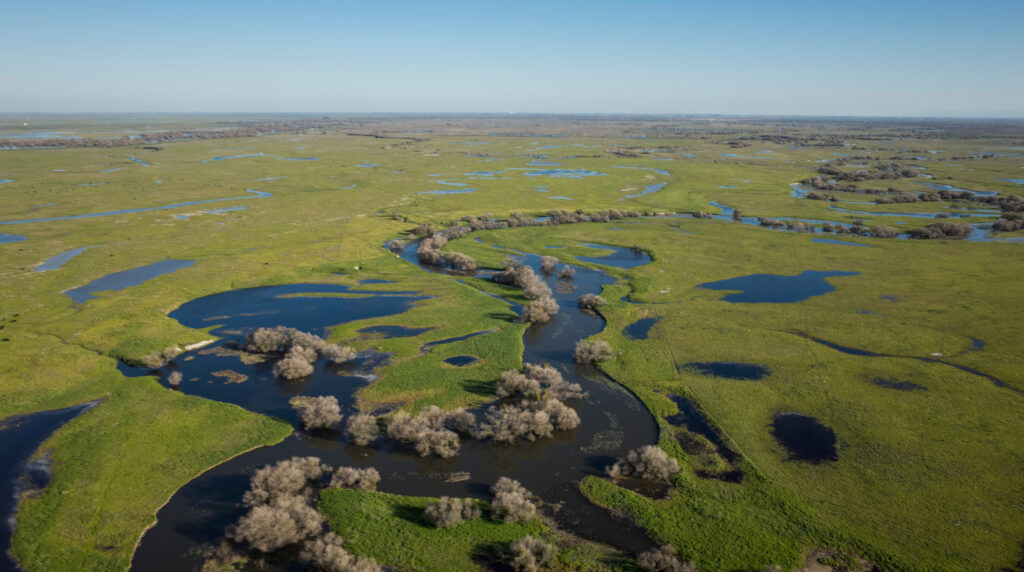
1 response to “Dollars and Dams: Building SAfety into California’s Future”
How much is the cost on average for a dam removal?